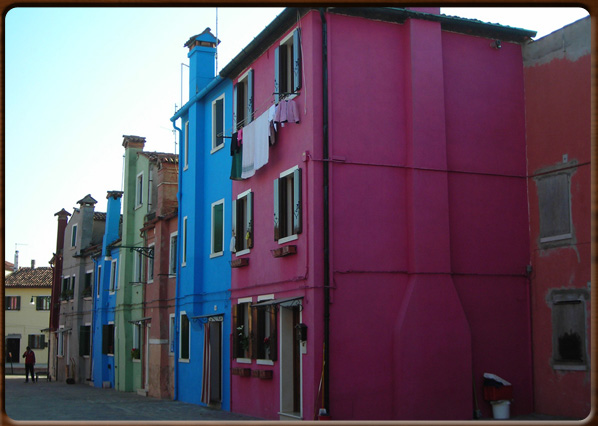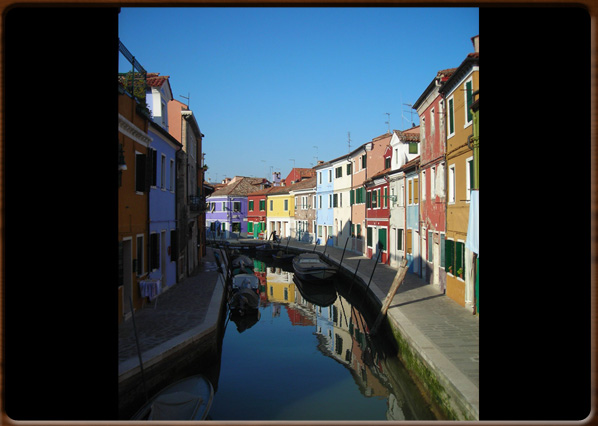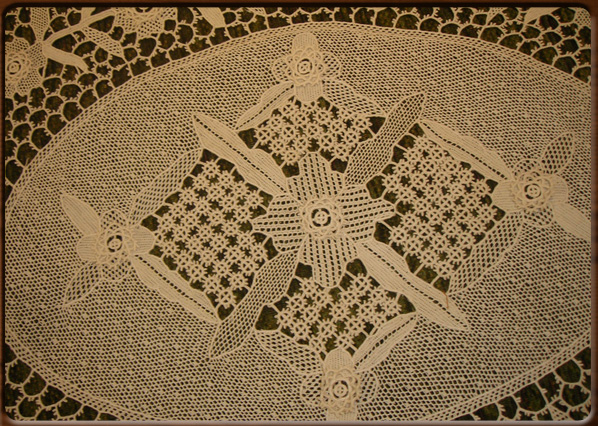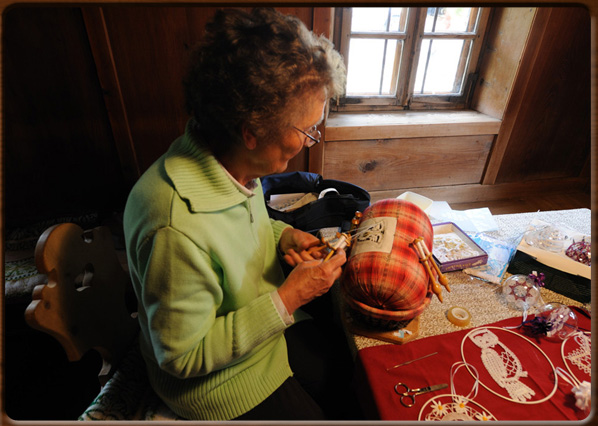
Burano as seen from Mazzorbo island.

Burano, an island with thousands of colors.

Also the channel is colored.

A valuable example of bobbin lace from Burano.

A lace maker at work.





No video
The densely populated island of Burano, to the north of the Lagoon, is like a picturesque fishing village with its small coloured houses, the leaning bell-tower and the church of San Martino, containing a work by Giambattista Tiepolo.
In the 16th Century, Burano was famous throughout Europe for its lace, made using the needle technique. This lace was just as important an export commodity as Murano glass, contributing significantly to Venice’s economy.
In the 1700s, the advent of foreign competition (especially the cheaper French lace) led to a sharp fall in demand and hence output, causing the lace industry to decline. The art of lace-making was only reintroduced in the second half of the 1800s when a school and workshop were set up in 1872 (still active today).
The highly professional "Scuola dei Merletti" (laces) was founded to meet the need to find new forms of revenue and as part of a move to re-introduce/save old local traditions. The original form of Burano lace was still handmade and thus expensive, but highly valued: each item takes the expert Burano lace-makers weeks to finish, hence its high cost.
Next to the school is the Lace Museum, with examples of elegant lace items made using various techniques over the years.
400 - 1000 - ISOLE - rev. 0.1.6